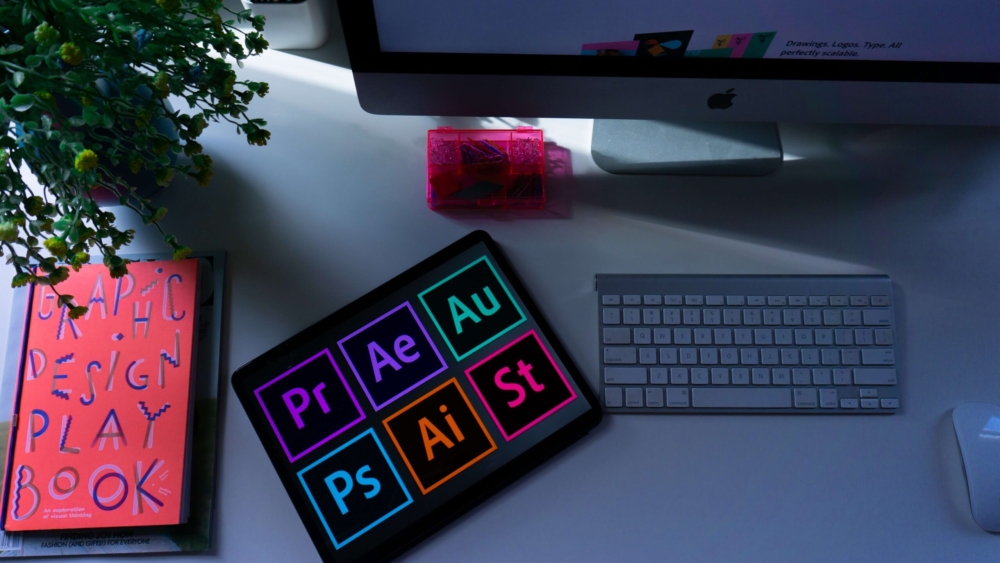Everything in life is designed – and that’s not an overstatement. From the image you clicked on that led you here to the device you’re reading this from – they were all deliberately designed. Creatives are the visual architects of our world; wherever we look, we are surrounded by the vision and craft of designers, and that has made our lives infinitely better. It’s clear that graphic design is a valuable asset – so why does it have a low perceived value?
It can be difficult to process the amount of time that goes on behind-the-scenes for any creative work, yet we benefit tremendously when design functions as it’s meant to. The best designs are quiet, allowing you to focus on the experience. And when you do notice design, it’s often because bad design sticks out like a sore thumb.
With technology expanding our horizons, we have become more design-savvy than we once were. The general public has now joined in rebranding discussions – once populated by designers only – which means visual literacy is improving. Yet, brand identity agencies are still struggling because design is often treated as an afterthought in business processes. Why?
The problem isn’t awareness. Perhaps it’s got something to do with the commoditisation of design, how creatives present themselves, and an under-investment in brand identity.
1. There’s a template for everything
For every trending aesthetic (think Corporate Memphis), there are countless templated illustrations you can easily adapt to your own liking. With an ever-changing digital landscape and trend-focused social media platforms where we are conditioned to react immediately and then move on, it’s vital for brands to get up to speed on all things aesthetic to receive both visibility and engagement. And templates do come in handy for meeting these tricky, we-needed-it-yesterday deadlines.
Unfortunately, an over-reliance on pre-made designs has led to a saturation of creative assets in the market, thus contributing to the undervaluation of design. It only takes two brands to stumble upon the same resource to result in a number of damaging consequences to the visual identity and reputation. However, utilising templates in a creative manner not only avoids repetition, but also functions as a great starting point to save on time building from scratch. Consider adopting multiple resources to mix and match, then finish off by customising the design with your brand’s style guide. This way, you’re able to quickly put together a design that’s still unique to your brand with only templates.
2. Don’t just be a pixel pusher
Most regard graphic design as a service that is readily available, and they’re not wrong. For a field that is becoming increasingly commoditised, it will be a challenge to move the needle from brand identity agencies relegated as service providers, to having a seat at the table. It’s up to creatives to steer the conversation into a direct engagement with the client; identify, or create opportunities by approaching design as a method to solve business problems.
3. Lack of foresight
A limited understanding of the role and value of corporate identity agencies in business development, coupled with the general perception of design as an expendable service, is another nail in the coffin for design. Rather than considering design last, brands should think of design as a content strategy. Underinvestment in design can impact a business’s potential for growth, severely weakening brand reputation, and eventually leading to a breakdown of communication with your target audience. Foster a deeper understanding of design beyond its cosmetic aspect: begin by incorporating design thinking into your decision-making processes, and measure your return-on-investment with A/B tests that provide actionable insights.
Websites with a poor conversion rate can benefit from conducting a simple A/B testing as it allows designers and developers to optimise the build with data-driven decisions, rather than relying on intuitions. For example, build off your landing page experiment with visitor behaviour analytics such as heatmaps to visualise your user’s journey between two variants. Depending on the result, you can then make informed decisions to minimise purchase friction, and lower drop-off rate.
Design is transformative, and it’s up to businesses to leverage the power of visual language to help boost their growth. Poor aesthetics can hinder a great product, but a carefully thought-out, objective design can make all the difference for an average product. How your brand positions itself to stand above the noise depends on the value you place in driving your business’s success; consider your perspective on creative marketing work – is it a cost, or an investment?
Looking for a brand identity agency that can get the job done? Drop us a note at [email protected]

